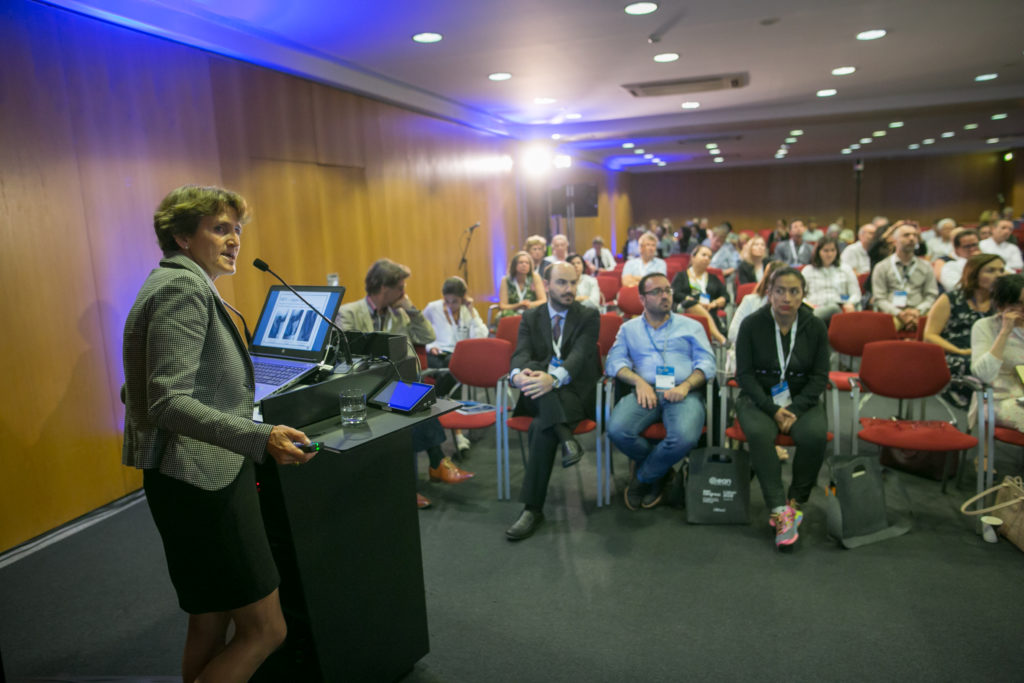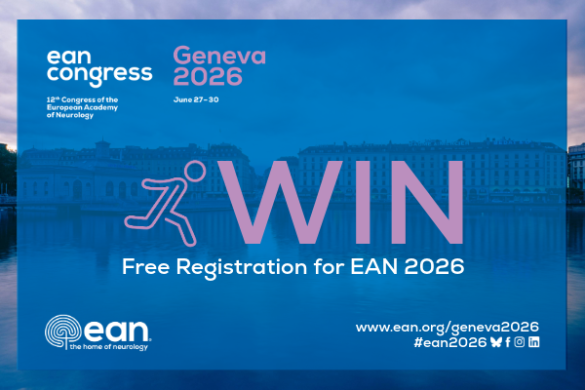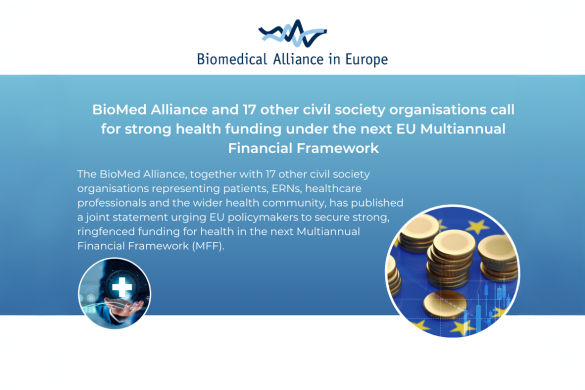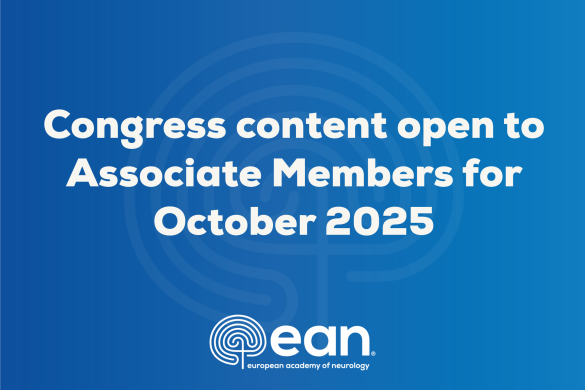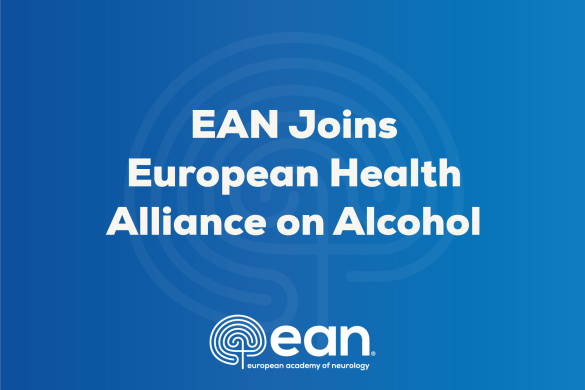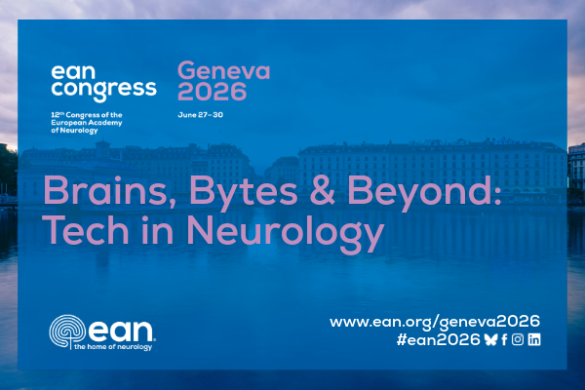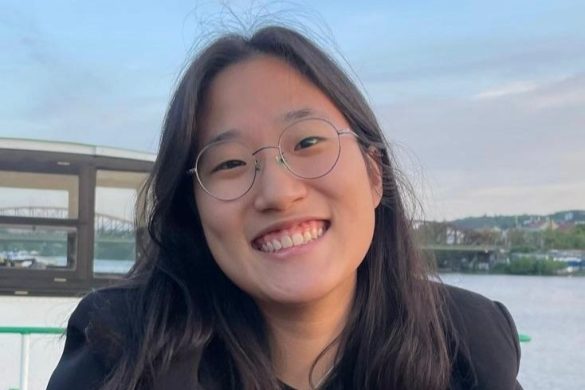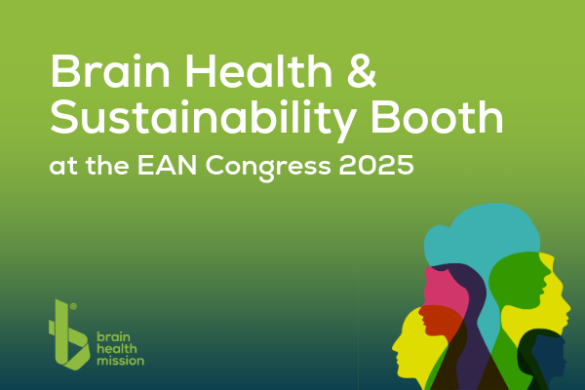Lisbon 2018: Report on Symposium 6:
Coma: neuromodulation, imaging and neurobiology
June 18th, 2018
by Antonella Macerollo
This symposium was chaired by Prof Laureys, Belgium, and Dr Diserens, Switzerland. Dr Kondziella from Denmark gave the first presentation titled: Mechanisms of impaired consciousness. He discussed the needs of the general neurologist at the bedside and the key concepts of clinical consciousness. It is well known that consciousness is lost or impaired following strategic lesions in the brainstem, bilateral damage to the cerebral hemispheres or global metabolic dysfunction. Patients may recover from coma by successively passing through stages of limited consciousness to full consciousness with or without remaining cognitive deficits. Dr Kondziella showed the current research in functional neuroimaging, EEG paradigms and standardized clinical bedside techniques. These modalities differentiate many facets of disorders of consciousness. Indeed, clinical neurologists are increasingly thinking in terms of neuronal connectivity and brain networks as opposed to isolated pathological lesions. In this lecture, the pathophysiological mechanisms of impaired consciousness were discussed, highlighting the origin of specific clinical signs and syndromes, the recognition of which are crucial to discerning the state of consciousness of a given patient.
Dr Puybasset discussed in his talk titled ‘Where structural changes predict outcome’ the development of a score (ComaScore) derived from MRI. This score predicts 1-year outcome of patients unresponsive to simple orders after traumatic brain injury, aneurysmal subarachnoid hemorrhage, and cardiac arrest in the day 7 – day 45 period post brain injury. He discussed recent studies, which reported late awakeners cases, even in cardiac arrest. The speaker highlighted the importance of reliable prognosis tools at the early phase, while the patient is still in the ICU. The ComaScore, based on the quantitative analysis of diffusion tensor imaging, was developed from a derivation cohort of 506 patients. The implementation in clinical routine is promising because conventional MRI sequences are required and a prototype of the analysis software (https://comaweb.org) is already available. Dr Puybassett urged the need to encourage health agencies to establish standards for care management of comatose patients such as the ComaScore.
The third speaker was Dr Diserens with the presentation ‘Cognitive-motor dissociation: cave!’. It is well known that disorders of consciousness (DOC) are a common consequence of severe brain injuries. The most difficult challenge is providing a diagnosis and a prognostic orientation. In the clinical practice, the examination of DOC patients is based on validated coma scales scoring essentially motor efference and verbal interaction to evaluate consciousness. However, in the very acute phase after stop of sedation this evaluation may be hampered by several factors (e.g. neurological deficits, concomitant medical conditions, fluctuation in arousal, assessor variability). She stressed the importance of using the Motor Behaviour Tool, a supplemental tool to the robust JFK Coma Recovery Scale-Revised. This test supports the examiner to identify several pitfalls, avoiding the high risk of misdiagnosis. The latter is particularly important in case of Cognitive Motor Dissociation patients.
The last presentation of this symposium titled ‘Neuromodulation: outlook into the future’ was given by Prof Laureys. He discussed the neuromodulation techniques as a tool to normalize the neurophysiologic disturbance produced by brain lesions or dysfunction. Indeed, non-invasive brain stimulations offer an opportunity to improve the recovery of severely brain injured patients with DOC. He exposed the neural mechanisms of neuromodulation and how these novels techniques can, from a mechanistically point of view, improve the recovery of severely brain injured patients. Additionally, he described transcranial direct current stimulation (tDCS) and transcranial magnetic stimulation (TMS) as therapeutic and diagnosis options for patients with DOC. The speaker showed results about prefrontal tDCS improving patients’ signs of consciousness following one, five and twenty days of stimulation. Finally, Dr Laureys discussed results on a TMS-EEG study, which allowed to differentiate between unresponsive/vegetative and minimally conscious patients at the single level.

